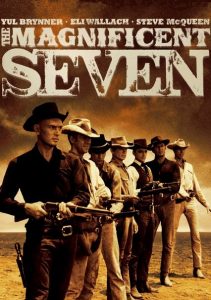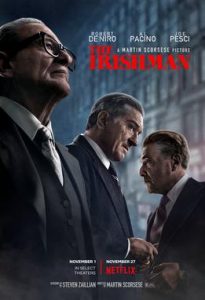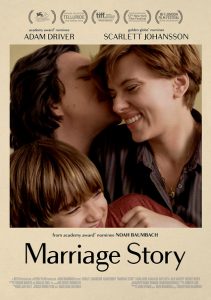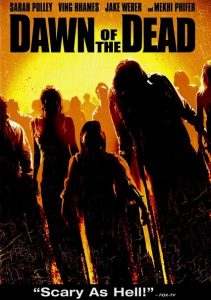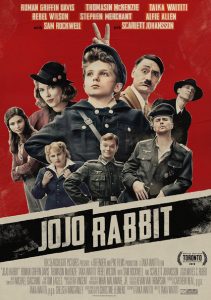Shoplifters-2018
Director Hirokazu Kore-eda
Starring Lily Franky, Sakura Ando
Scott’s Review #962
Reviewed November 26, 2019
Grade: A-
Shoplifters (2018) is a fabulous Japanese offering directed, written, and edited by Hirokazu Kore-Eda. The film is slow-moving and understated, but it provides a moving and poignant message about family, by blood or not, and the robust ties that bind individuals compassionately and emotionally.
The film is character-driven and humanistic, offering sentiment and emotion without ever feeling overwrought or manipulative. It is not to be missed.
A dysfunctional group of outsiders lives together in a dingy basement establishment in Tokyo, Japan. They escape their poverty by shoplifting and embarking on mild adventures to pass the time. They share a deep bond and look out for each other.
The audience assumes they are family, which they are, but not in the biological sense. The family rescues an abused young girl and takes her into their home, showering her with love and affection.
Eventually, trouble comes when one of them is caught shoplifting, which leads to a domino effect of terrible events.
The group consists of Osamu (Lily Franky), a day laborer forced to leave his job after twisting his ankle; his “wife” Nobuyo (Sakura Ando), who works for industrial laundry service; Aki (Mayu Matsuoka), who works at a hostess club; Shota (Kairi Jo), a young boy; and Hatsue (Kirin Kiki), an elderly woman who owns the home and supports the group with her deceased husband’s pension.
The film showcases most of the characters equally as they work, drink, and hang out together. The abused girl, named Yuri, is given a haircut and renamed Lin and is central to the plot. Nobuyo and Shota take a shine to her. She teaches Lin that parents who love their children hug them and do not hit them, while Shota teaches her the ins and outs of stealing groceries.
Though the watch is slow, the audience inevitably falls in love with the characters, and the connection becomes powerful before the viewer knows it. We know Osamu and Nobuyo should leave Yuri where she is when they see her unattended and shivering on a cold balcony, but they cannot help themselves.
Their actions immediately make the audience realize that they are good, kind people who have been handed bad life circumstances to deal with.
The film is a strict watch and will never be defined as edge-of-your-seat. Many scenes involve characters walking around the streets, almost aimlessly, commenting that the weather is cold or other trivial conversational bits.
The scenes could be described as dull or bleak, but eventually, something magical happens, the characters become favorites, and the viewer is immersed in their world unflinchingly.
The character of Yuri is a tough one to observe. With bruises on her arms and a burn from a hot iron, tearful is the imagining of the terror the little girl has already been through at the hands of blood relatives, especially since her parents assume she has run off and are thrilled she is out of their lives.
The conclusion of the film is cold and harsh, hitting home that the justice system is flawed and cruel, as Yuri ultimately is returned to her parents, sure to face more abuse and eventual death. Doesn’t child abuse usually turn out like this?
Director Kore-eda could have spun a feel-good story with the family parading onto the beach in the sunshine, but he chooses not to. We wonder how Yuri’s life might have turned out under better circumstances and had the courts not gotten involved.
Kore-eda instead paints a stark picture of reality, not the fictional happily-ever-after films too often rush to craft.
Shoplifters (2018) offers a look at humanity at its best and its worst with a story about joy and pain. The film is quiet and careful and ultimately keeps one in its grips. It sticks with the viewer and makes one question what a family is and what it is defined as in the court of law.
Who decides who is family and who is not? The film will make one ponder many things, which is a treasured quality of good cinema.
Oscar Nominations: Best Foreign Language Film
Independent Spirit Award Nominations: Best International Film

